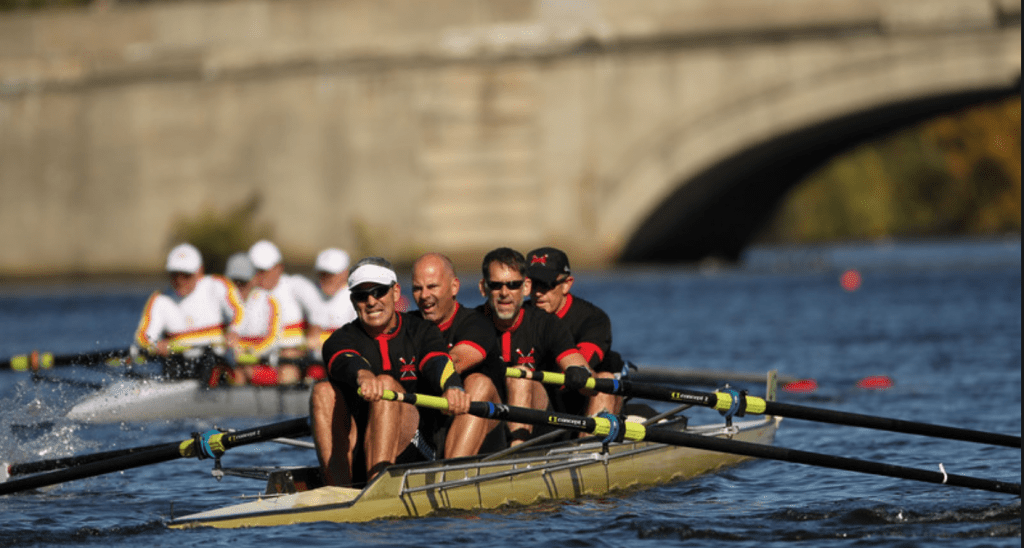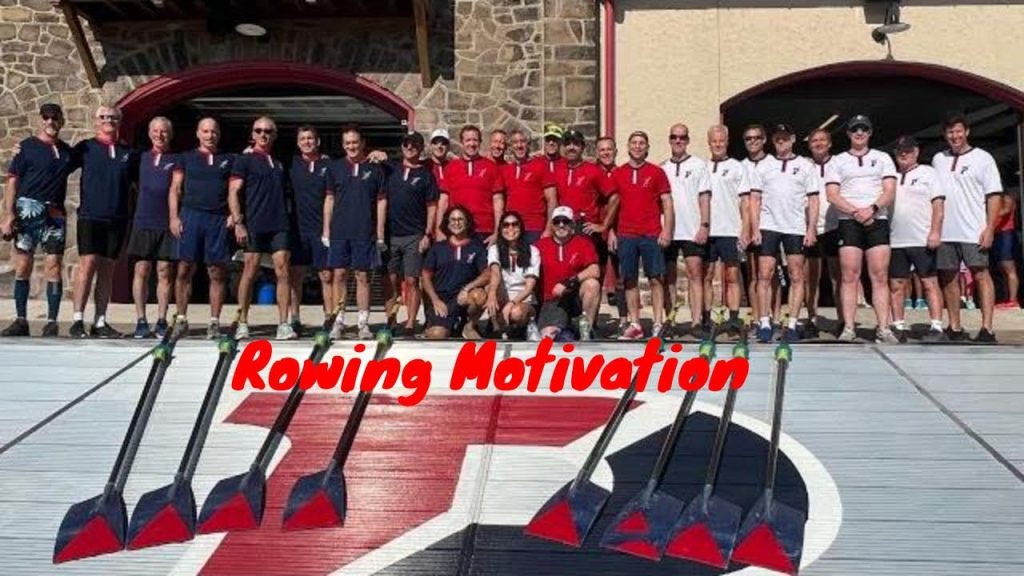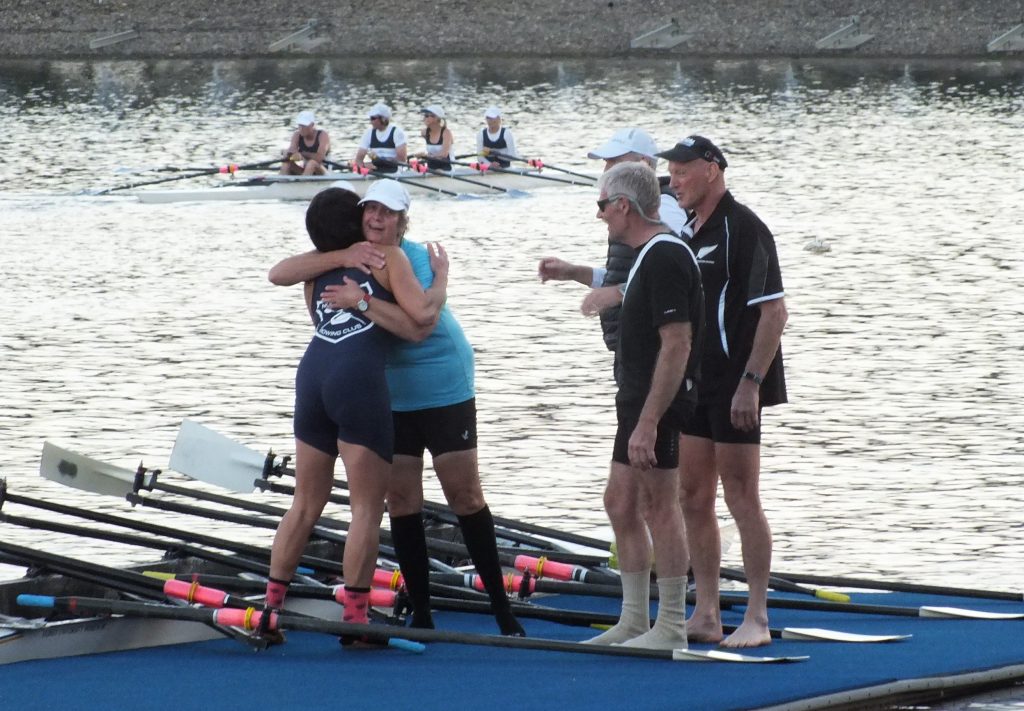Feather Away
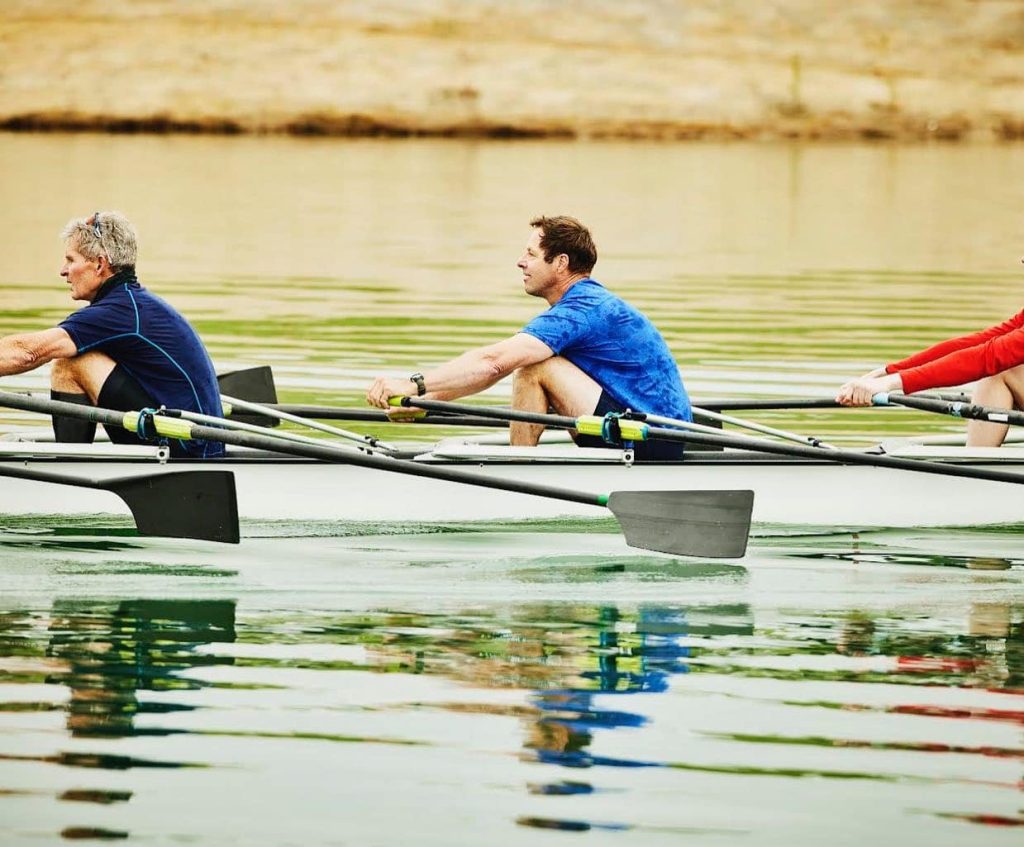
Quiet refined bladework is the signature of a skilled oarsman. Turbulence and splashing at the tip of your oar sends a big hit of drag to your boat speed. The standard of your feathering motion may not be at the top of your technical to-do list but, how you change the position of the blade from square in the water during the drive to the horizontal, flat position when the oar is out of the water on the recovery, makes or breaks the release. If your blade exits the water cleanly, without catching its lower edge or throwing a lip of water, your hull is going to carry the power of your drive into the recovery. Any interruption as it attempts to exit will steal the speed you have built up through the drive.
Improve your feathering and squaring
Common flaws in feathering are turning the blade while it’s still under the water before the blade has exited the water and feathering as the hands are continuing towards your body at the end of the drive. At this point, the blade is no longer working in the water but the handles continue moving towards the body as if on the drive.
Perfecting your feathering is a function of correct sequencing
First, complete your release by pressing down on the handle, take the blade out of the water until you clear the lower edge of the blade. If the blade is still loaded it will facilitate coming out square. Once clear, feather the oar as your hands move away from your body. Once the blade is released, aim for the feathering motion to happen on the recovery as the blade tip is moving towards the bow.
Practicing a new pattern is best done stationary at first, so watch your blade to check and reinforce that you are releasing completely then changing the direction of the blade after the oar has exited. If you are sculling you can practice rowing circles with one oar and focusing on the sequencing. When you row continuously, exit with the blade square and delay the feather until your hands start to move away from your body and lead into the follow-through motion.
Masters Rowing Advocacy
Would you like to publish this article in your club newsletter or website?
Join our Masters Rowing Advocates mailing list and we will send you one article a month. Sign up on our Advocacy page.
You can copy the text on this page. Or download the PDF.
